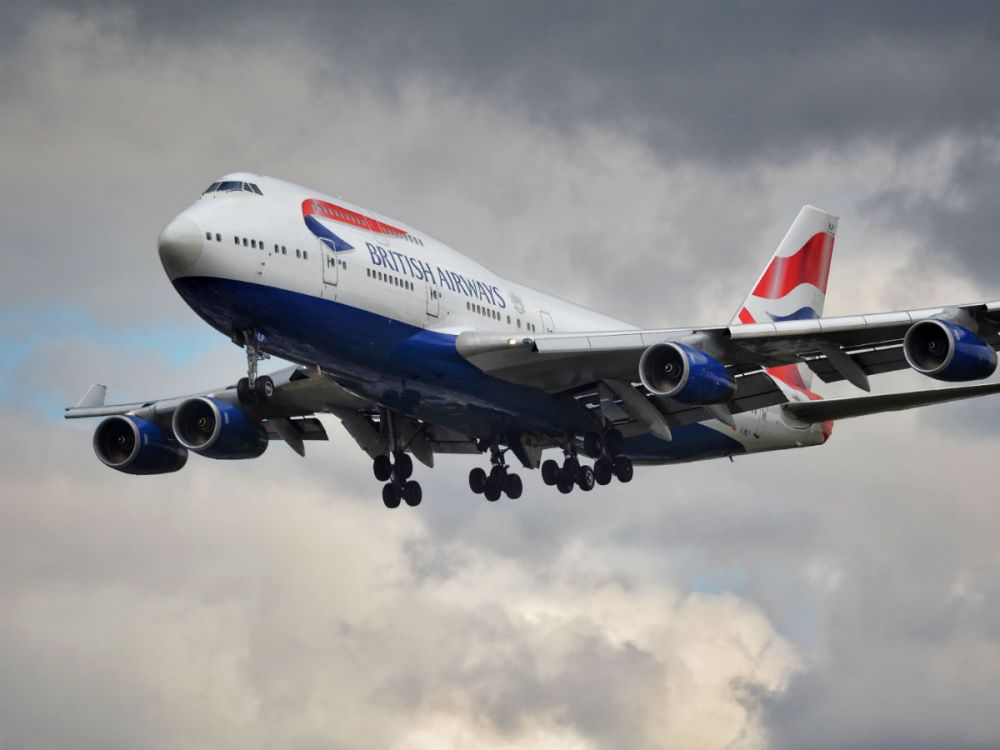
Transport coughs out about a quarter of the UK's greenhouse gas emissions. It's also a major source of air pollution – linked to 36,000 early deaths a year in the UK.
There are lots of ways to reduce your impact on the planet.
Put the brakes on climate breakdown with these top tips.

1. Fly less long-haul


2. Take the train


3. Walk or cycle


4. Choose public transport


5. Switch to an electric car


6. Green your driving habits





